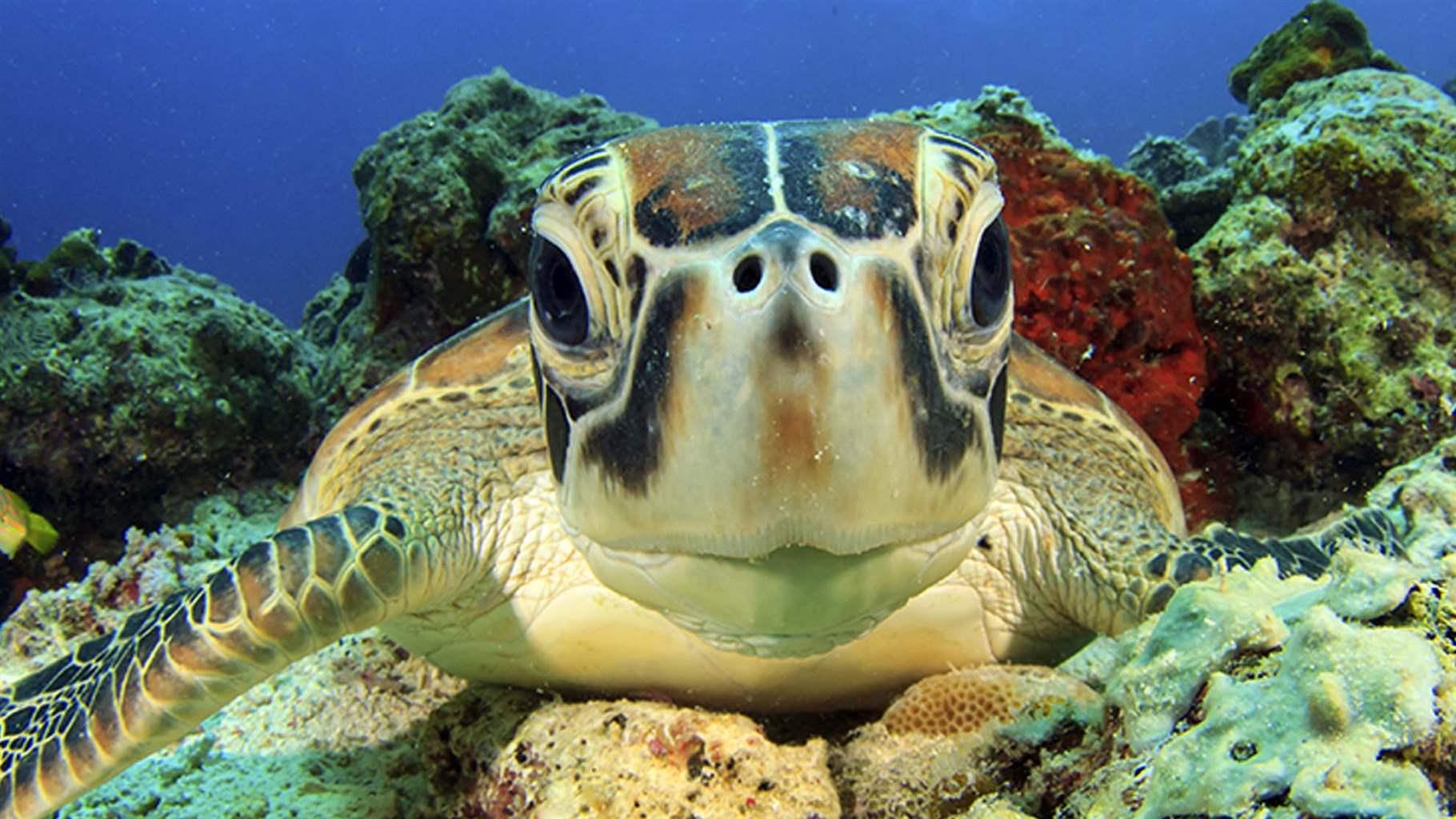United Nations Must Finalize High Seas Treaty in 2023
Threats to biodiversity in the largest area on Earth add urgency to negotiations

Editor’s note: The content on this page was published before June 2023, when the United Nations adopted a legally binding treaty on the conservation and sustainable use of marine biodiversity in areas beyond national jurisdiction, sometimes referred to as the high seas treaty.
The high seas—the ocean area beyond the jurisdiction of any country—covers two-thirds of the ocean and is home to a wealth of biodiversity. And yet only 1% of the high seas is protected. Illegal fishing, overfishing, new and emerging activities such as geoengineering, and climate change are among the many threats to high seas marine life.
Fortunately, United Nations member countries have been working to address this through an international treaty for the conservation and sustainable use of marine biodiversity beyond national jurisdiction; the fifth negotiating session of that treaty will resume 20 February at U.N. headquarters in New York.
At this meeting, countries are expected to finalize a legal framework to establish a network of marine protected areas (MPAs) on the high seas, and to conduct environmental impact assessments in these ocean areas.
This round of treaty negotiations comes on the heels of the December adoption, by the U.N. Convention on Biological Diversity, of a target to protect 30% of Earth’s land and coastal and marine areas by 2030. This agreement, known as 30 by 30, is intended to halt and reverse biodiversity loss to help put nature on a path to recovery. The new high seas treaty would enable protections that would contribute greatly to the 30 by 30 goal.
The negotiations also come amid growing global support for protecting the high seas. At the One Ocean Summit in February 2022 in Brest, France, European Commission President Ursula von der Leyen launched the High Ambition Coalition on Biodiversity Beyond National Jurisdiction (BBNJ)—a group of over 50 countries committed to finalizing this ambitious high seas treaty. A few months later, at the June U.N. Ocean Conference in Lisbon, Portugal, many world leaders supported the swift conclusion of treaty negotiations. And in November 2022, the G20 Bali leaders echoed that urgent call for “an ambitious and balanced legally binding instrument” for the conservation and sustainable use of marine biological diversity in areas beyond national jurisdiction. Most recently, on 23 January, the United States officially joined the High Ambition Coalition on BBNJ, representing the latest commitment to secure an ambitious outcome at the upcoming round of talks by a major economy.
Currently, more than 20 organizations regulate different aspects of human activities—such as shipping, fishing and seabed mining—on the high seas with little coordination among them. The conservation of marine biodiversity has fallen through the cracks of this fragmented approach to ocean governance. An ambitious high seas treaty is needed to address these gaps and better ensure a healthy and climate-resilient future for marine life populations, their habitat and the entire ocean ecosystem.
OUR WORK


America’s Overdose Crisis
Sign up for our five-email course explaining the overdose crisis in America, the state of treatment access, and ways to improve care
Sign upThis video is hosted by YouTube. In order to view it, you must consent to the use of “Marketing Cookies” by updating your preferences in the Cookie Settings link below. View on YouTube
This video is hosted by YouTube. In order to view it, you must consent to the use of “Marketing Cookies” by updating your preferences in the Cookie Settings link below. View on YouTube







